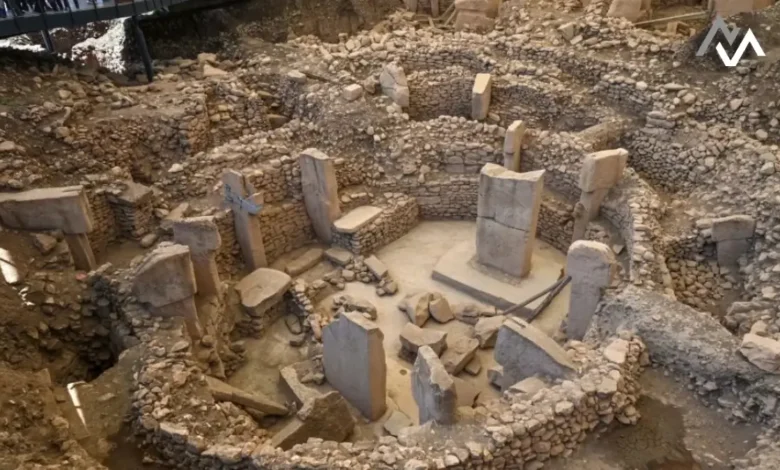Discovery of the World’s Oldest Calendar at 12,000-Year-Old Monument

Archaeologists have uncovered what could be the world’s oldest calendar, etched into a 12,000-year-old monument. This monumental discovery suggests that ancient civilizations had a deeper understanding of timekeeping and astronomy than previously believed. The monument, discovered at a site believed to date back to the Mesolithic era, features intricate carvings that appear to mark lunar cycles. Experts are now studying these markings to confirm their precise use and implications.
The monument itself, located in an undisclosed area, has left researchers astounded by the complexity of the carvings. While early humans are often thought of as primitive, this discovery challenges that notion by showing that ancient civilizations may have been tracking celestial events with surprising accuracy. The detailed carvings depict what experts believe to be lunar cycles, suggesting that this structure might have functioned as a sophisticated time-keeping system—potentially the earliest known calendar.
What makes this discovery particularly compelling is its age. At 12,000 years old, this monument predates known early calendars by several millennia. The revelation opens up new questions about the evolution of early human societies and their relationship with nature. The calendar-like structure shows that ancient people not only had an understanding of the stars but also had the ability to immortalize that knowledge through enduring structures.
This discovery is poised to reshape our understanding of prehistoric cultures. As archaeologists continue to explore the site, new insights may emerge, offering a more complete picture of how ancient humans interacted with the world around them.




